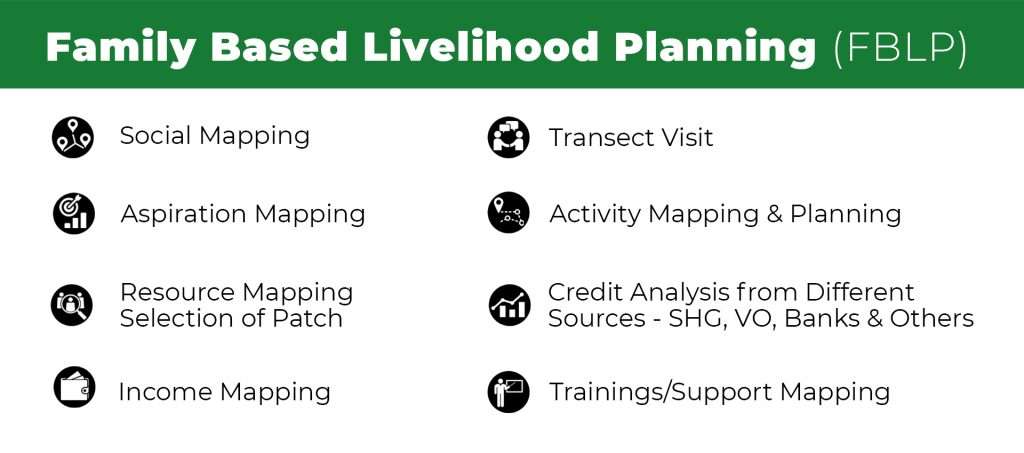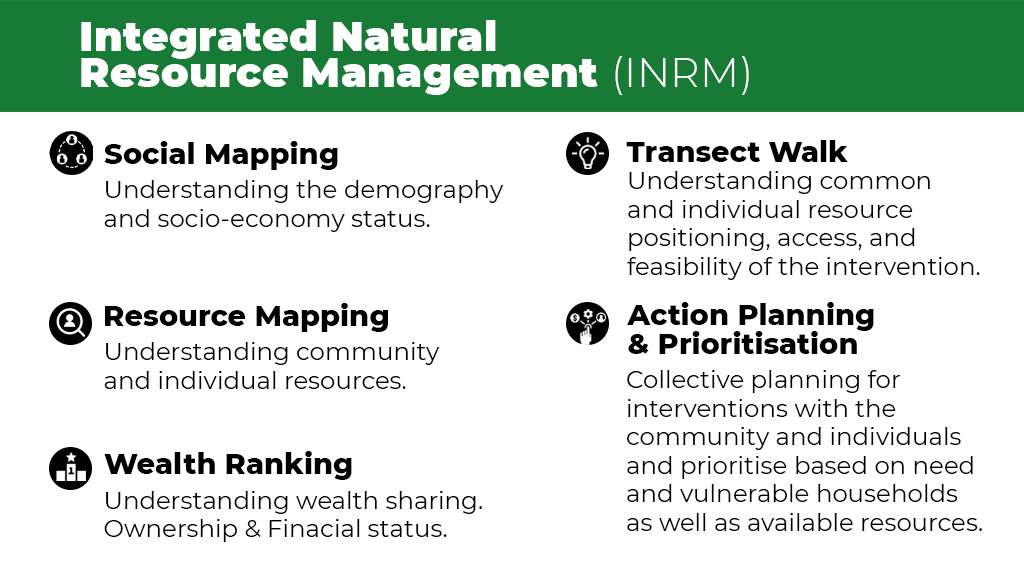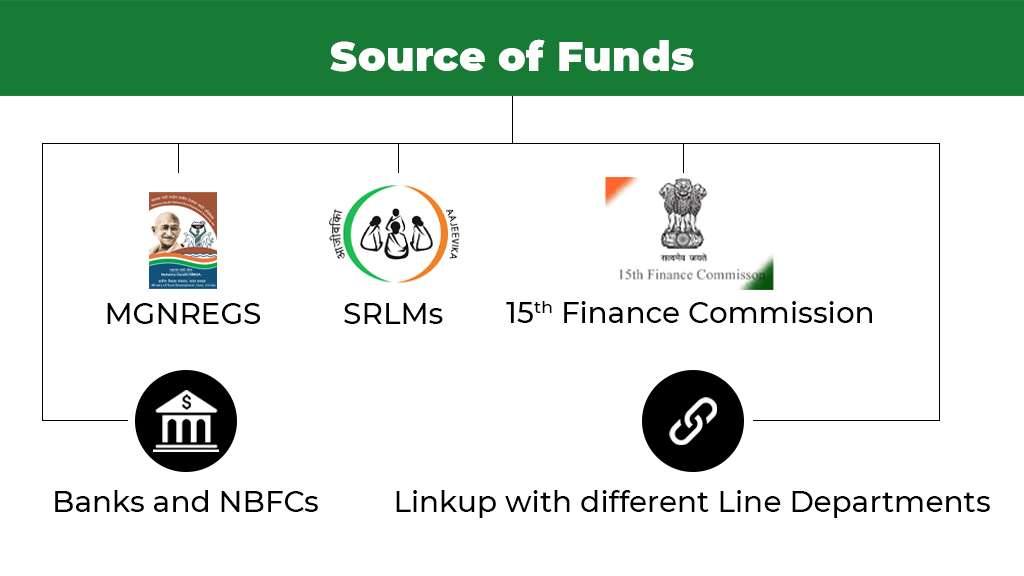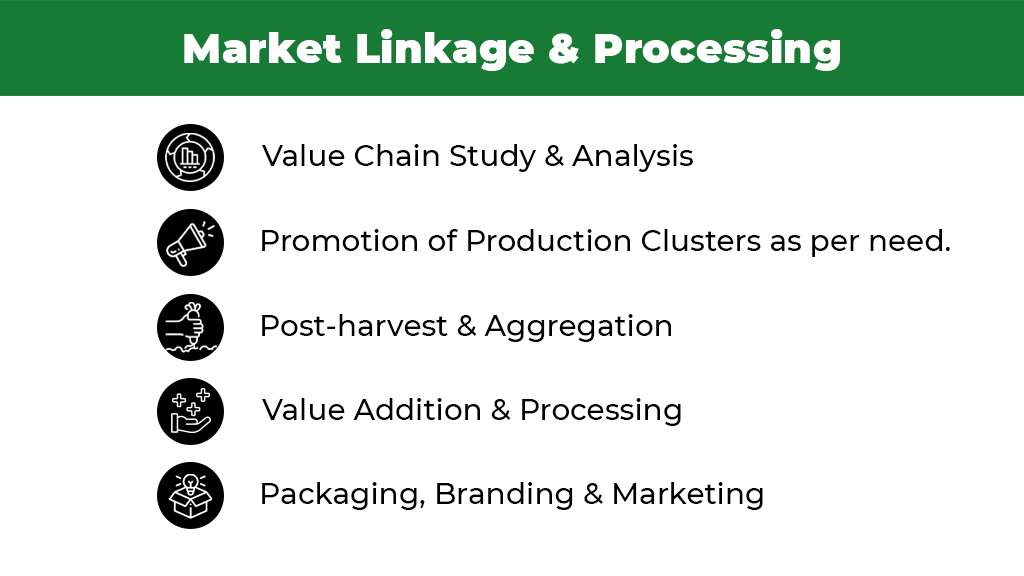FBLP
The Family Based Livelihood Planning is a strategic planning procedure, which is conducted with every household SeSTA is engaged with. The strategy maps and understand the family’s livelihood practices, their resources available and also to map their aspirations. The FBLP exercise also enables to identify the scope of intervention on Livelihoods and identify the gaps in the present practices, so that trainings as well support mechanisms can be developed. The exercise becomes a blueprint for both the family and SeSTA to engage in different livelihood activities thereafter.




